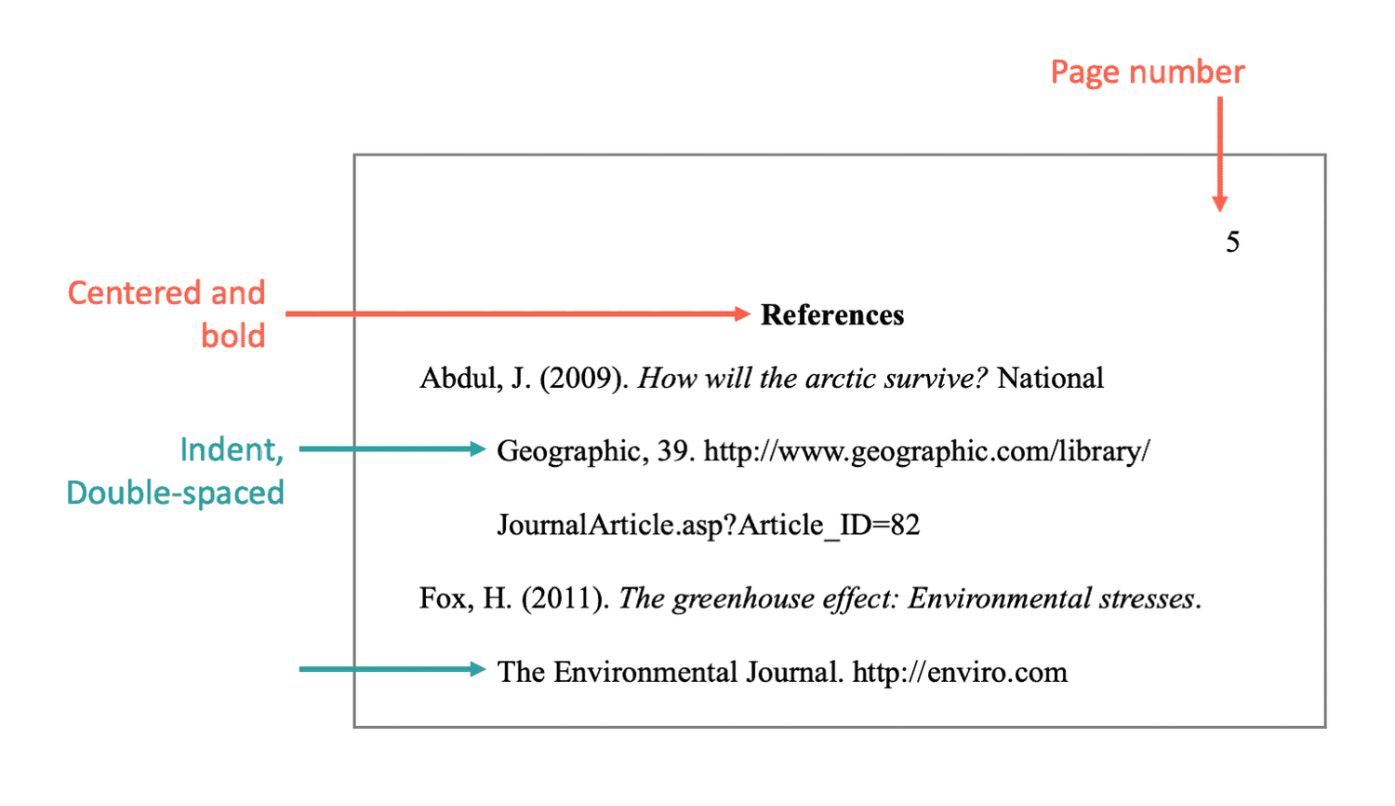APA Citation APA Format Example: A Comprehensive Guide
What do you mean by APA citation and APA format?
APA (American Psychological Association) citation and format are widely used in academic writing and research papers. It provides a set of guidelines for referencing sources, formatting papers, and organizing information for clarity and consistency.
How to use APA citation and format?
When using APA citation and format, you need to follow specific rules for in-text citations, reference lists, headings, font size, margins, and other formatting elements. These guidelines ensure that your work is properly cited and formatted, allowing readers to locate and verify the sources you used.
What is known about APA citation and format?

APA citation and format are known for their emphasis on author-date citation style, clear and concise writing, and proper attribution of sources. It is widely used in social sciences, including psychology, sociology, education, and business.
Solution: Understanding APA Citation and Format
Understanding APA citation and format is essential for anyone involved in academic writing, including students, researchers, and scholars. It ensures that your work is credible, well-organized, and conforms to the academic standards set by universities and scholarly journals.

Let’s dive into the key aspects of APA citation and format:
In-Text Citations
In-text citations in APA format provide brief information about the source within the body of your paper. They typically include the author’s last name and the year of publication, such as (Smith, 2021). It is crucial to include in-text citations whenever you paraphrase, quote, or refer to someone else’s ideas or findings.
Reference Lists

The reference list, located at the end of your paper, provides complete bibliographic information for all the sources cited in your work. Each reference entry should include the author’s name, publication date, title, and source details. It is crucial to ensure that your reference list is accurately formatted and alphabetized.
Formatting Elements
APA format requires specific formatting elements, including font size (12-point Times New Roman), margins (1 inch on all sides), double-spacing, and a running head on each page. Additionally, it provides guidelines for headings, abbreviations, tables, figures, and other visual elements.
Clear and Concise Writing
APA style encourages clear and concise writing, avoiding jargon, biased language, and excessive use of direct quotations. It emphasizes the use of active voice, objective language, and precise terminology to convey information effectively.
Proper Attribution of Sources
APA citation and format prioritize proper attribution of sources to uphold academic integrity. It ensures that you give credit to the original authors and avoid plagiarism. Properly citing and referencing sources also allows readers to locate and consult the same sources you used.
Information: APA Citation and Format Example
Here is an example of how to cite a book in APA format:
In-text citation: According to Smith (2021), the importance of APA format cannot be overstated.
Reference list entry: Smith, J. (2021). The Complete Guide to APA Format. New York, NY: Academic Press.
Remember to adapt the citation style based on the type of source (e.g., books, journal articles, websites) and the number of authors.
Conclusion
Understanding APA citation and format is crucial for academic success and credibility. It ensures that your work is properly formatted, accurately cited, and meets the standards of scholarly writing. By following the guidelines provided by the American Psychological Association, you can effectively organize your research, attribute ideas to their original authors, and contribute to the academic community.
Frequently Asked Questions (FAQs)
1. What are the most common mistakes to avoid in APA format?
Answer: Common mistakes to avoid in APA format include improper in-text citations, incorrect reference formatting, inconsistent headings, and failure to follow specific guidelines for tables and figures.
2. Can I use APA format in other disciplines outside of social sciences?
Answer: Although APA format is primarily used in social sciences, it is also widely accepted in other disciplines such as nursing, public health, and education. However, it is essential to consult specific guidelines provided by your institution or target journal.
3. Are there online tools available to help with APA citation and format?
Answer: Yes, numerous online tools and citation generators are available to assist with APA citation and format. However, always double-check the generated citations for accuracy and ensure they align with the official APA guidelines.
4. Can I use footnotes instead of in-text citations in APA format?
Answer: In APA format, it is generally recommended to use in-text citations instead of footnotes. However, there may be specific instances where footnotes are allowed or preferred, such as elaborating on a particular point or providing additional information.
5. Where can I find the official APA style manual?
Answer: The official APA style manual, called the Publication Manual of the American Psychological Association, is available in print and electronic formats. It can be purchased from bookstores or accessed through online platforms or university libraries.